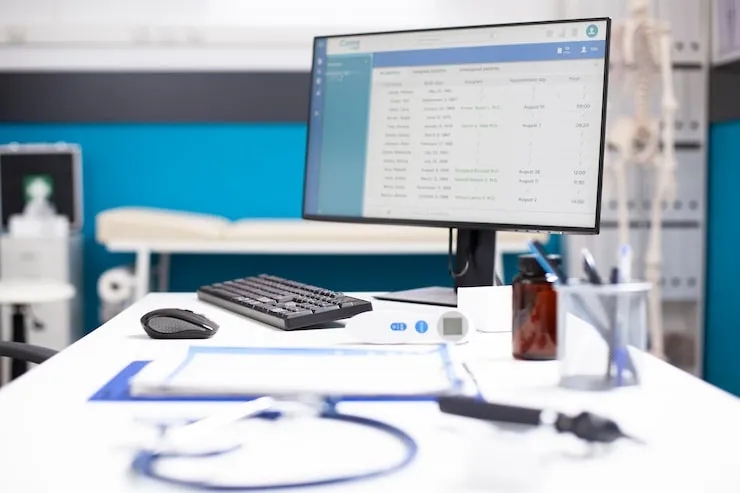Improving efficiency in healthcare begins with simplifying the way things are done. Imagine a system where routine tasks like scheduling and billing are automated, freeing up valuable time for your team to focus on patient care.
When everyone is equipped with clear workflows and up-to-date training, processes run smoother, reducing errors and unnecessary delays.
Real-time data dashboards can also play a big role by offering quick insights, helping you make smarter decisions and address potential issues before they become major problems.
The result? A more streamlined operation that benefits both your staff and patients, creating a better overall experience. Small changes can have a big impact—where would you start?
What Is Efficiency in Healthcare?
Efficiency in healthcare means ensuring that every moment a patient spends in the system contributes to their well-being. It’s about creating care that feels personal, where patients aren’t just numbers but individuals whose time, emotions, and experiences are respected.
Picture a world where waiting rooms are nearly empty because appointments are scheduled with precision, and every provider a patient encounters already knows their story without needing to ask twice.
It also means empowering patients to take part in their own care. Tools like self-check-in kiosks or patient portals aren’t just about convenience—they’re about giving people a sense of control and involvement. When patients feel informed and engaged, care becomes a partnership, not just a service.
Behind the scenes, efficiency shines in the thoughtful design of workflows. Nurses and doctors should have everything they need at their fingertips, whether it’s medications delivered exactly when required or a digital system that eliminates hours of paperwork.
These invisible improvements help care teams spend more time with patients, listening, explaining, and connecting.
Purpose of Operational Improvement for Healthcare Agencies
Operational improvement aims to provide healthcare agencies a structured approach to enhance operational efficiency. This involves analyzing current processes, identifying inefficiencies, and implementing strategies to improve workflow.
The primary purpose is to enable healthcare agencies to deliver better patient care while optimizing resources and reducing costs.
Operational Improvement Strategies in Healthcare
1. Streamline Administrative Processes
Administrative tasks can slow down operations and divert focus from patient care. By adopting automated scheduling systems, digitizing patient records, and implementing centralized billing platforms, healthcare providers can reduce manual errors and improve workflow efficiency. These measures free up staff to focus on value-adding tasks.
2. Leverage Data Analytics
Data-driven decision-making is a game-changer for healthcare. Using analytics platforms to track key performance metrics, patient outcomes, and resource allocation enables organizations to identify inefficiencies and optimize processes. Predictive analytics can also help anticipate patient needs, improving care delivery.
3. Enhance Communication Channels
Clear and consistent communication is essential in healthcare. Implementing platforms like secure messaging apps for internal communication and patient portals for external engagement ensures timely updates, reduces miscommunication, and improves overall satisfaction.
4. Focus on Staff Training and Development
Investing in staff training ensures that teams are equipped with the latest knowledge and tools to perform effectively. Regular workshops, certifications, and compliance training foster a skilled workforce capable of adapting to changing industry needs, ultimately boosting operational performance.
5. Optimize Resource Utilization
Efficient resource allocation is critical in healthcare. Analyzing utilization patterns of staff, equipment, and facilities helps prevent overuse or underuse. Scheduling optimization and real-time inventory tracking ensure that resources are available where and when they are needed.
6. Prioritize Patient-Centered Care
Shifting to a patient-centered care model improves both satisfaction and efficiency. Streamlining check-ins, enhancing appointment scheduling systems, and reducing wait times show patients that their time is valued while also increasing throughput.
7. Integrate Technology Solutions
Technology such as electronic health records (EHRs), telehealth platforms, and AI-driven diagnostic tools can significantly enhance operational efficiency. These technologies not only reduce workload but also provide valuable insights for improving patient outcomes.
8. Conduct Regular Process Audits
Routine audits help identify bottlenecks and areas for improvement. Engaging multidisciplinary teams in these evaluations ensures diverse perspectives and practical solutions. The results of these audits can inform policy changes and new initiatives.
9. Foster a Culture of Continuous Improvement
Encourage staff at all levels to participate in operational improvement efforts by creating an environment that values innovation and feedback. Employee suggestions, paired with leadership support, drive a culture of ongoing excellence.
10. Build Strong Partnerships
Collaborating with vendors, insurance providers, and other healthcare organizations can create synergies and reduce redundancies. Shared services models or bundled care approaches can lower costs and improve outcomes.
By implementing these strategies, healthcare organizations can enhance efficiency, reduce costs, and provide better care to patients, all while creating a more sustainable operation.
Examples of Operational Efficiency in Healthcare
Operational improvement in healthcare is about finding smarter, more thoughtful ways to deliver care while making things easier for everyone—patients and providers alike.
Take, for example, hospitals using real-time tracking systems to locate equipment, staff, or even patients when needed most. This small change not only saves time but also helps resources flow where they’re needed without delays.

Care teams are also evolving. Bringing specialists together to collaborate on a patient’s treatment ensures no one is left managing multiple, conflicting plans. This is especially impactful for chronic conditions, where coordination makes a huge difference in outcomes.
On a broader scale, healthcare organizations are learning to use data better. By tracking patient movement through a hospital, they can anticipate busy times, adjust staffing, and avoid long waits. Virtual care has also grown, making life easier for patients who don’t have to leave their homes while extending essential services to places that lack access.
Simple changes in day-to-day operations go a long way too. Pharmacies adopting “just-in-time” systems only keep what’s needed, cutting waste while staying prepared. Meanwhile, centralized systems for scheduling or follow-ups mean fewer missed appointments and more consistent care.
Patient experience is often the best measure of efficiency. Think of check-in kiosks at clinics—no more waiting in long lines just to register. Operating rooms are also running smarter schedules, reducing downtime and helping more patients receive timely care.
What ties all this together is the balance between technology and human connection. By integrating innovations that make processes smoother, healthcare providers can focus on what truly matters: caring for people in a way that feels seamless, respectful, and centered on their needs.
Benefits of Operational Improvement
Implementing operational improvement strategies offers numerous advantages for healthcare agencies. Here are some key benefits:
Increased Efficiency
Operational improvement helps healthcare agencies streamline their processes, reducing time and effort spent on administrative tasks. This increased efficiency allows staff to focus more on patient care and less on paperwork.
Cost Reduction
By identifying and eliminating inefficiencies, healthcare agencies can reduce operational costs. This includes minimizing waste, optimizing resource allocation, and improving overall financial performance.
Enhanced Patient Care
Improving operational efficiency directly impacts patient care. With streamlined processes, healthcare providers can deliver services more effectively, resulting in better patient outcomes and higher satisfaction rates.
Better Resource Management
Operational improvement enables healthcare agencies to optimize their resources, including staff, equipment, and facilities, ensuring that resources are used effectively and not wasted.
Improved Compliance
Streamlined operations help ensure that healthcare agencies remain compliant with regulations and standards. By reducing errors and improving documentation, agencies can avoid compliance issues and enhance credibility.
Our Process
At Cadence Collaborative, we follow a comprehensive process to help healthcare agencies achieve operational improvement. Our approach ensures seamless integration and continuous enhancement of your operations.
Initial Assessment
We begin with an initial assessment to understand your current operational processes. This involves analyzing workflows, identifying bottlenecks, and gathering data on your existing systems. This assessment helps us pinpoint areas that need improvement.
Customized Plan Development
We develop a customized plan tailored to your agency’s needs based on the assessment. This plan outlines the strategies and steps required to improve your operational efficiency. Our team works closely with you to ensure the plan aligns with your goals and objectives.
Implementation
Once the plan is finalized, we move to the implementation phase. Our team collaborates with your staff to implement the strategies. This includes training, process redesign, and introducing new tools or technologies. We ensure a smooth transition with minimal disruption to your operations.
Monitoring and Optimization
After implementation, we continuously monitor the performance of the new processes. We gather feedback, measure results, and make adjustments as needed. We aim to ensure sustainable improvements and continue delivering benefits over time.
Ready to Transform Your Healthcare Operations?
Take the first step towards optimizing your agency’s performance by partnering with Cadence Collaborative. Contact us today to set up your first consultation and receive your FREE Revenue Cycle Assessment.
Call us now (401-743-2428), and let’s begin this journey toward excellence in healthcare operations.






